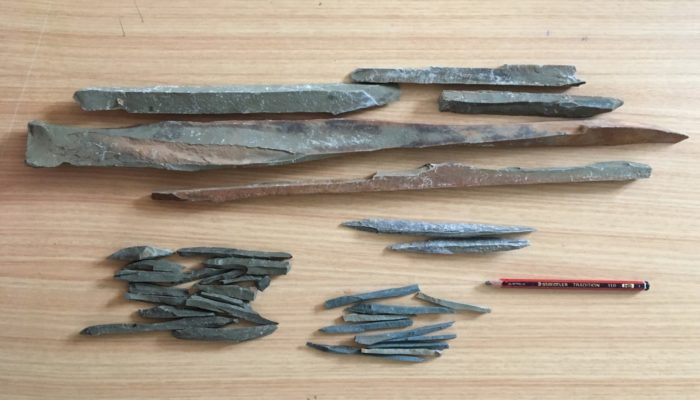
This edition of ‘Features from the field’ is brought to you by Sandra McLaren, a senior lecturer at the University of Melbourne. She will be talking about type of rock formation called “Pencil Cleavage” so called because it looks like pencils. Sandra even has a small collection of pencil/crayon shale which is the cover image of this post.
I have seen quite a range of different size pencils in a number of locations. If they are short and stubby, I like to call the fabric crayon cleavage instead! In the Tapley Hill Formation shales in the Flinders Ranges in South Australia pencils can be over 50cm long, which are more like mini-javelins! I’m envious of some photos online and in textbooks (particularly Davis, 2011) that show pencils a metre or two in length. A geology goal is to see these localities myself someday.
New structures that form as a result of deformation in rocks can be spectacular. Folds, faults and fabrics, such as mylonites, can form some impressive outcrops and are justifiably celebrated. But there are also interesting and informative structures at lower strains or metamorphic grades.
Pencil cleavage, the fabric that forms the rock pencil shale, is one. It’s also one my personal favourites, as all my students know! I like it because it gives a fascinating snapshot of the process of fabric formation. Understanding how pencil cleavage forms can help students better visualise how more common fabrics like slaty cleavage form and what they represent in terms of stress and strain.
So what is pencil cleavage, and how does it form?
Pencil cleavage is a low-temperature tectonic fabric formed due to shortening of clay-rich sediments like mudstones. Following deposition, a mudstone or other clay-rich sediment will break preferentially along bedding planes as the ‘laying down’ of platy clay minerals during sedimentation imparts a natural bedding parallel fissility (i.e. a tendency to split or break).
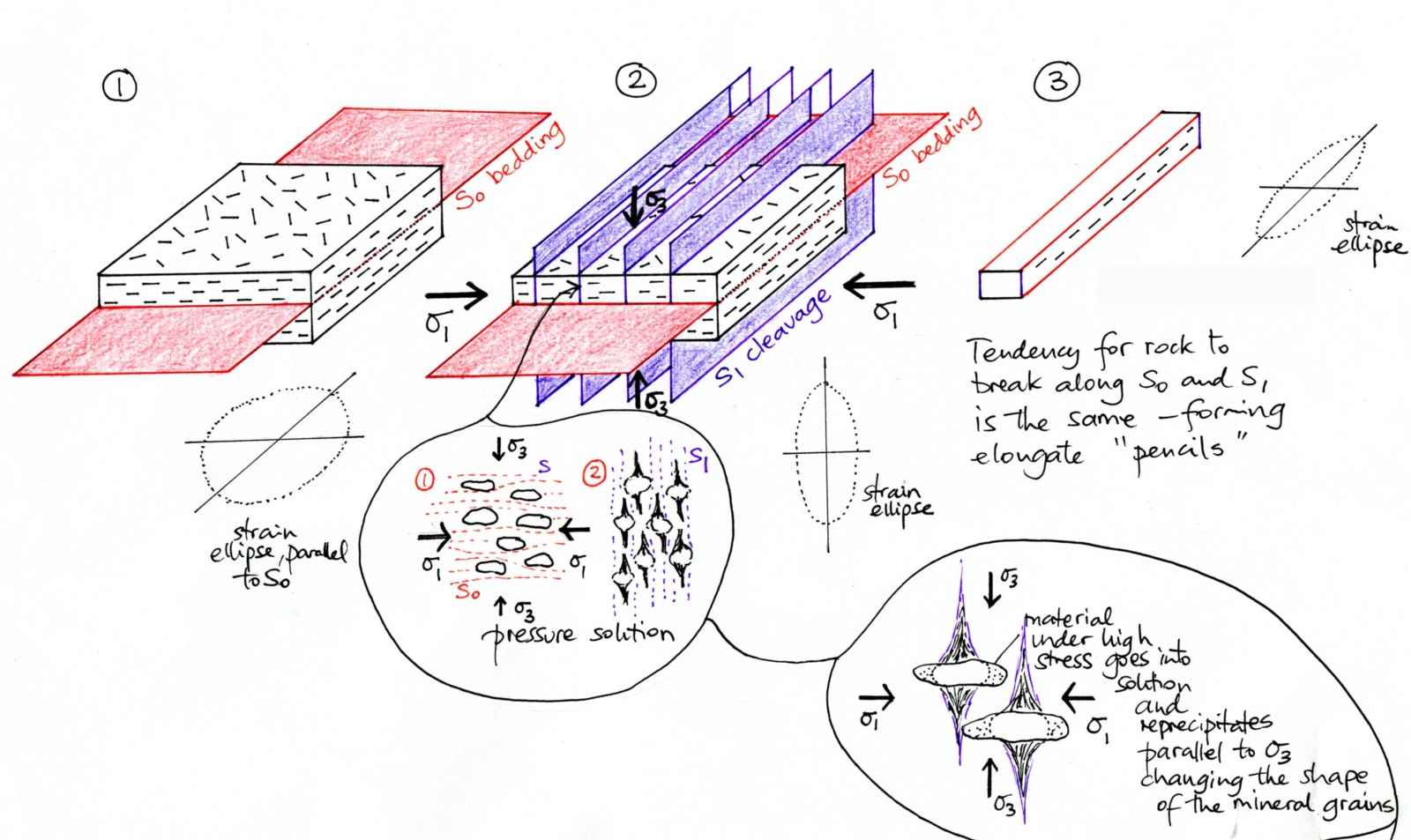
Cartoon of the processes and stages of formation of pencil cleavage: (1) the deposition of a dominantly mudstone sequence, with sedimentary bedding imparting a strong fissility; (2) later tectonism with a horizontal principal compressive stress, σ1 that promotes diffusive mass transfer, forming a weak spaced cleavage, S1 (3) if deformation ceases at an early stage the rocks will have a tendency to break along both S0 and S1 (see in the “pressure solution” bubble), forming elongate pencils (source: Sandra McLaren).
If the rock is later subject to some deformation, another fabric may form that is at a different orientation to the sedimentary layering. In this process, the rock can be ‘squeezed’ and the effect of that squeezing on the rock is usually controlled by the differential stress – that is, the difference between the maximum compressive stress (s1) acting on the rock, and the minimum compressive stress (s3) acting on the rock.
During this squeezing, the clay minerals that are lying parallel to the direction of the maximum compressive stress are obviously under a high stress, and will be, essentially, ‘uncomfortable’. Mineral ions from those areas will go into solution under that stress and will move to be re-precipitated elsewhere, in a more favourable, ‘less stressful’ orientation. Typically, this more favourable orientation is in the direction of the minimum compressive stress, which is always perpendicular to the maximum compressive stress.
This means that parts of the mineral grains are removed and new mineral ‘beards’ grow in a different orientation, changing the mineral’s shape. Geologists call this process diffusive mass transfer or pressure solution.
If this process is incomplete, the rock will have a tendency to break equally along both the bedding and the newly formed cleavage. This means that the rock will break into long thin strips or rods, or pencils.
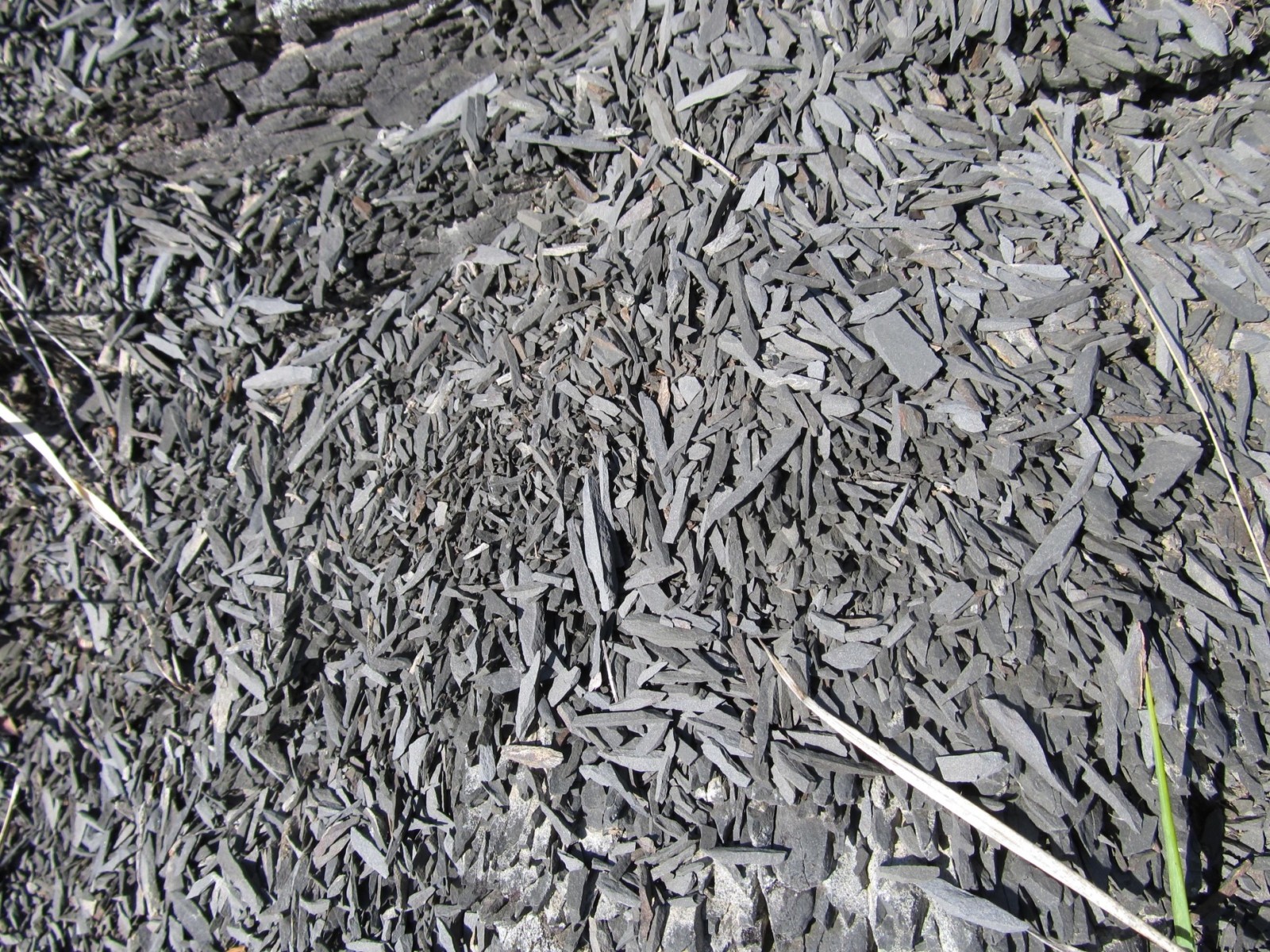
Grey pencil shale from the Casanova Complex (Casanova, Liguria, Italy), formed at sub-greenschist facies conditions (T < 150 – 200 °C) (credit: Samuele Papeschi)
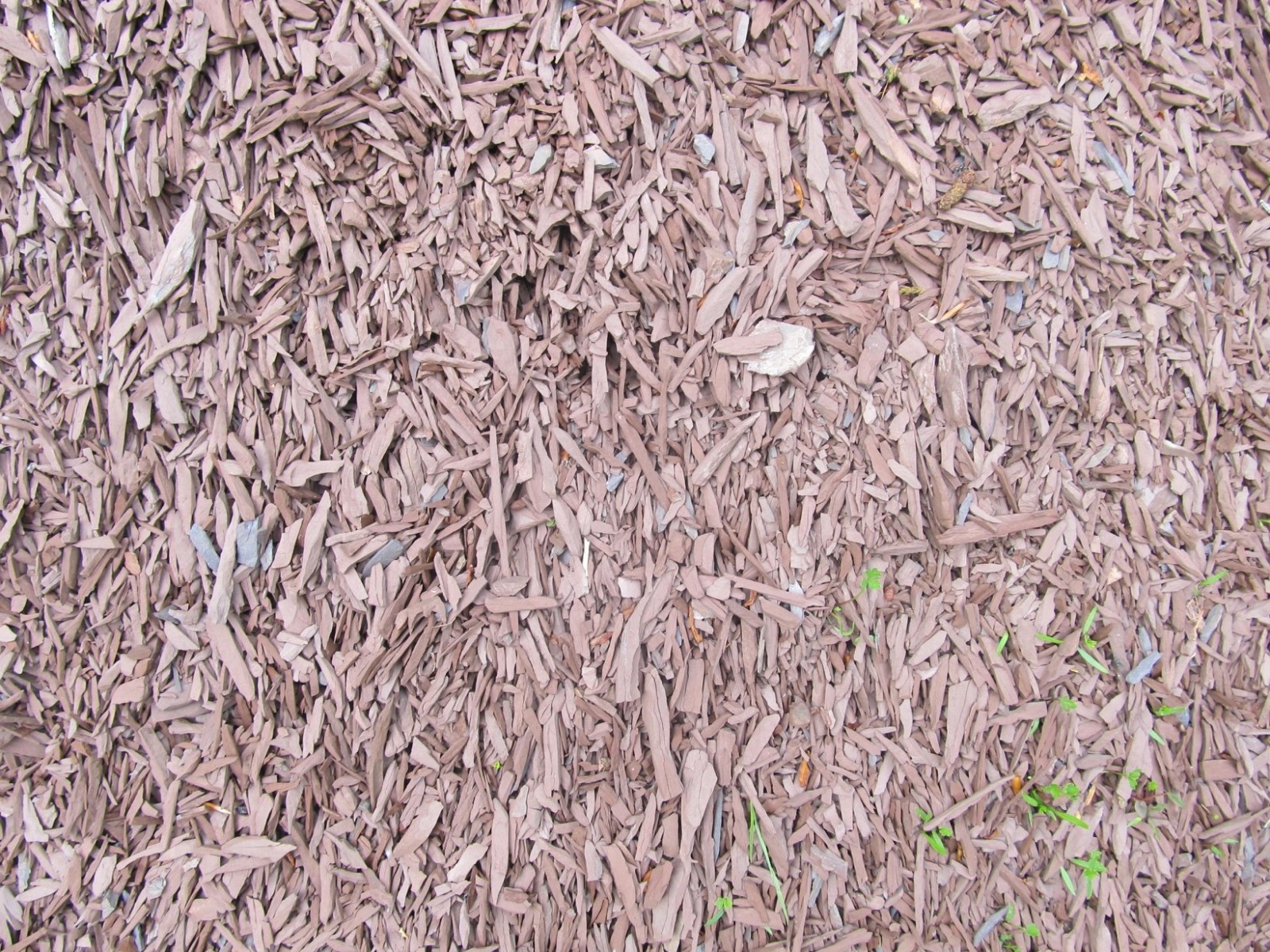
Red pencil shale from the Scaglia Toscana Formation (Val Fegana, Lucca, Italy) which was also formed as a result of low-Temperature tectonism during formation of the Apennine Mountains (credit: Samuele Papeschi)
Typically pencil cleavage forms in folded rocks and in this case the orientation of the pencils in the outcrop will parallel the fold hinge line. This is the most common scenario for the formation of pencil shale but it can also form by the intersection of two tectonic cleavages at high angle.
If you have photos of rocks with pencil cleavage feel free to add in the comments on the post below or post to social media with the tag #PencilShale or #PencilCleavage. It would great to curate a collection of accessible images that way.
References and further reading
Blog post by Callan Bentley – now at Piedmont Virginia Community College, USA – including some great photos https://blogs.agu.org/mountainbeltway/2013/03/15/giant-pencil-cleavage-in-the-martinsburg-formation/
Fossen, 2010, Structural Geology. Cambridge University Press.
Ferrill, 1989. Primary crenulation pencil cleavage. Journal of Structural Geology, 11, p. 457-461
Reks, I. J. & Gray, D. R. 1982. Pencil structure and strain in weakly deformed mudstone and siltstone. Journal of Structural Geology, 4, p. 161-176.
Davis, George H. Structural Geology of Rocks and Regions. Wiley Global Education US, 2011. [VitalSource Bookshelf].

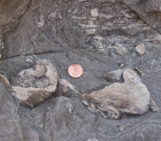
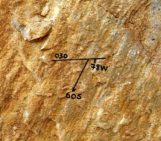

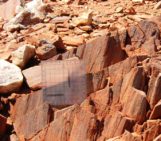
Baouche
Just one question please dear sandra, are the pencils rock oil resevoirs in this region ? Thanks
Saeid Asadzadeh
dear Sandra,
I have prepared two photos of pencil shales in Iran that I wish to post to your blog here. For us growing near to these rocks, it is all about good memories from the childhood. Please if possible, contact me to receive the photos.
Bests,
Saeid
Wolfgang Schober
Hello Sandra, I might be able to contribute some pictures on the topic of pencil splitting. Location: Tabernas Desert, Spain. I need an email address so I can send the photos.
Best regards from Salzburg, Austria,
Wolfgang
Hallo Sandra
ich kann eventuell einige Bilder zumThema Bleistiftspaltung beisteuern. Fundort: Desierto de Tabernas, Spanien. Ich brauche eine E-Mail Adresse, damit ich die Fotos versenden kann.
Herzliche Grüße aus Salzburg, Österreich,
Wolfgang